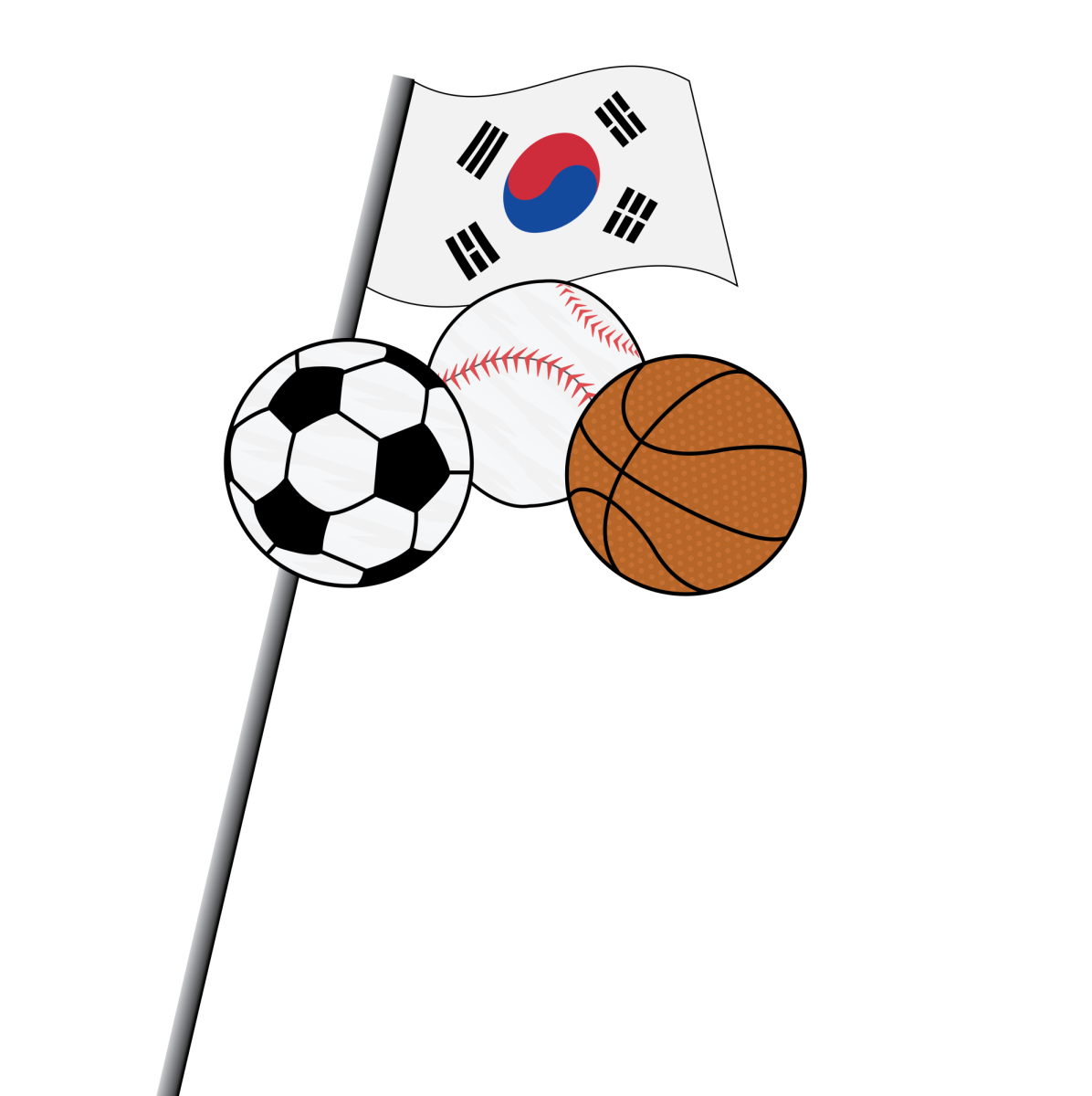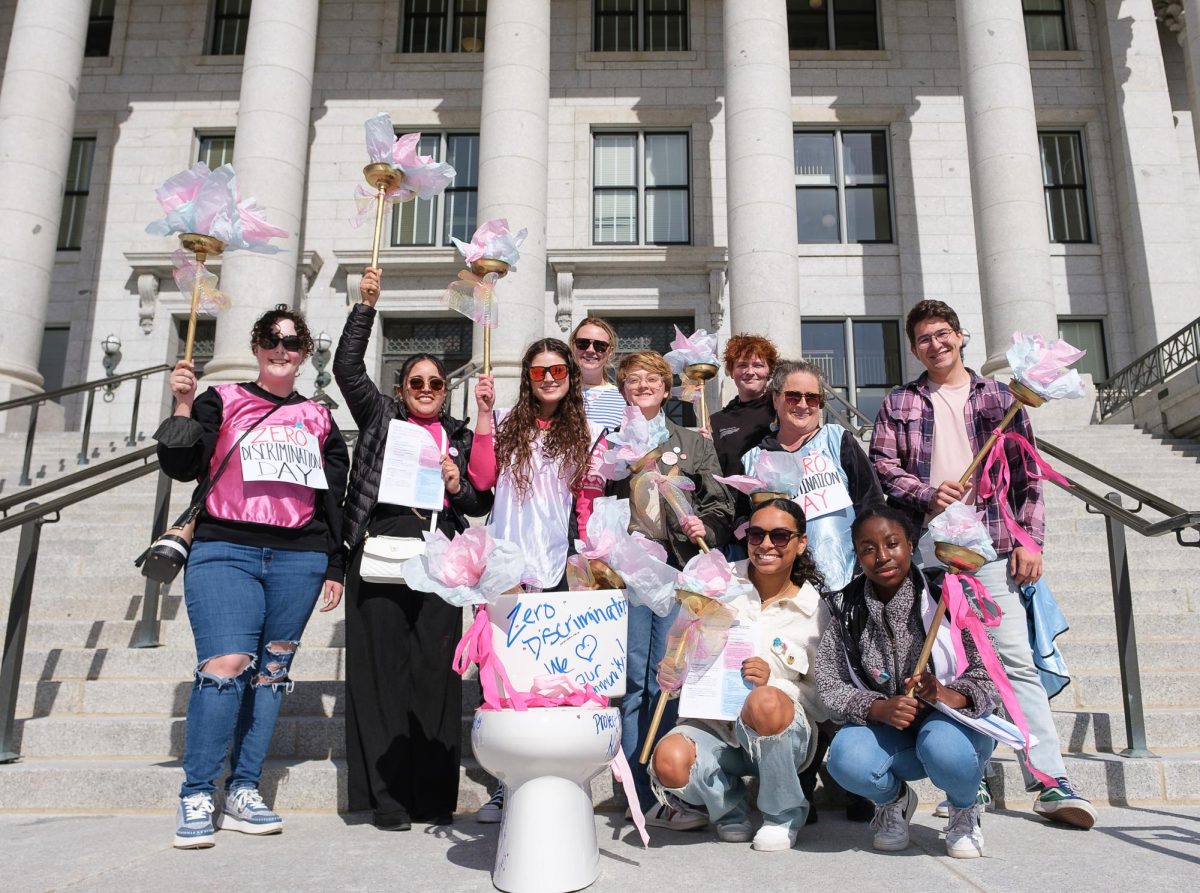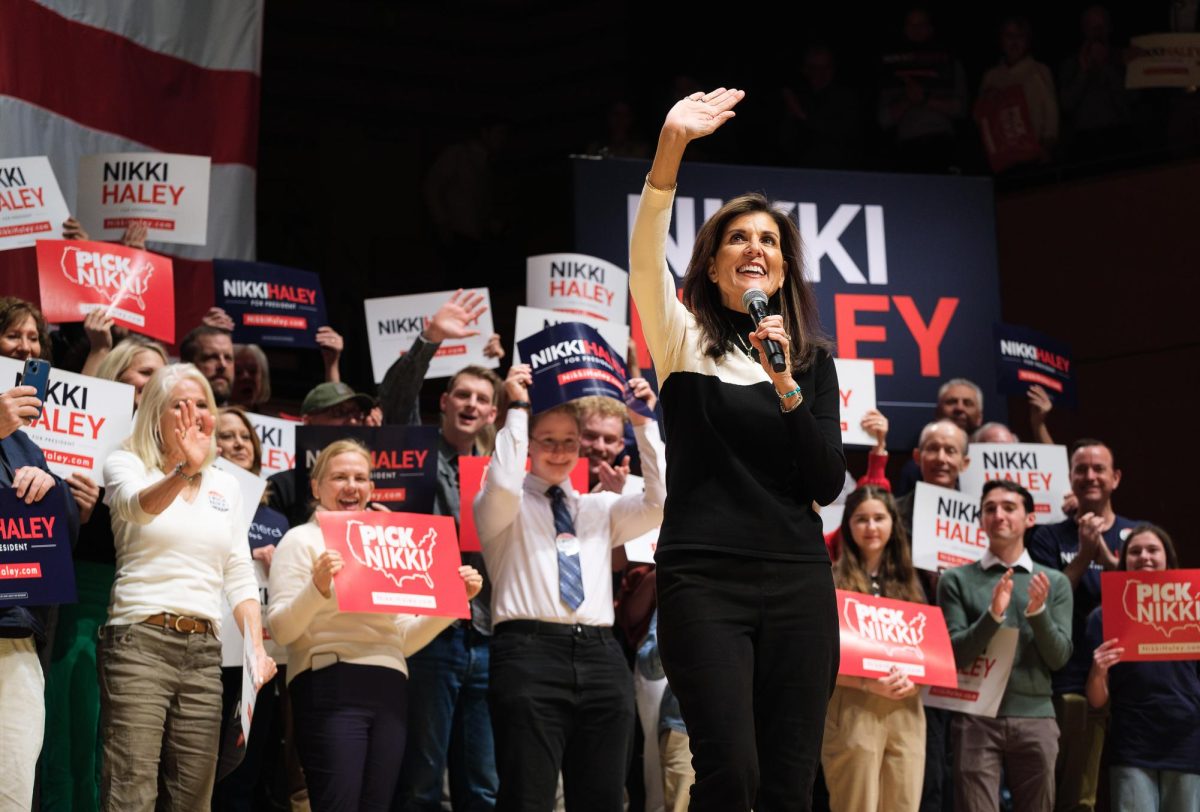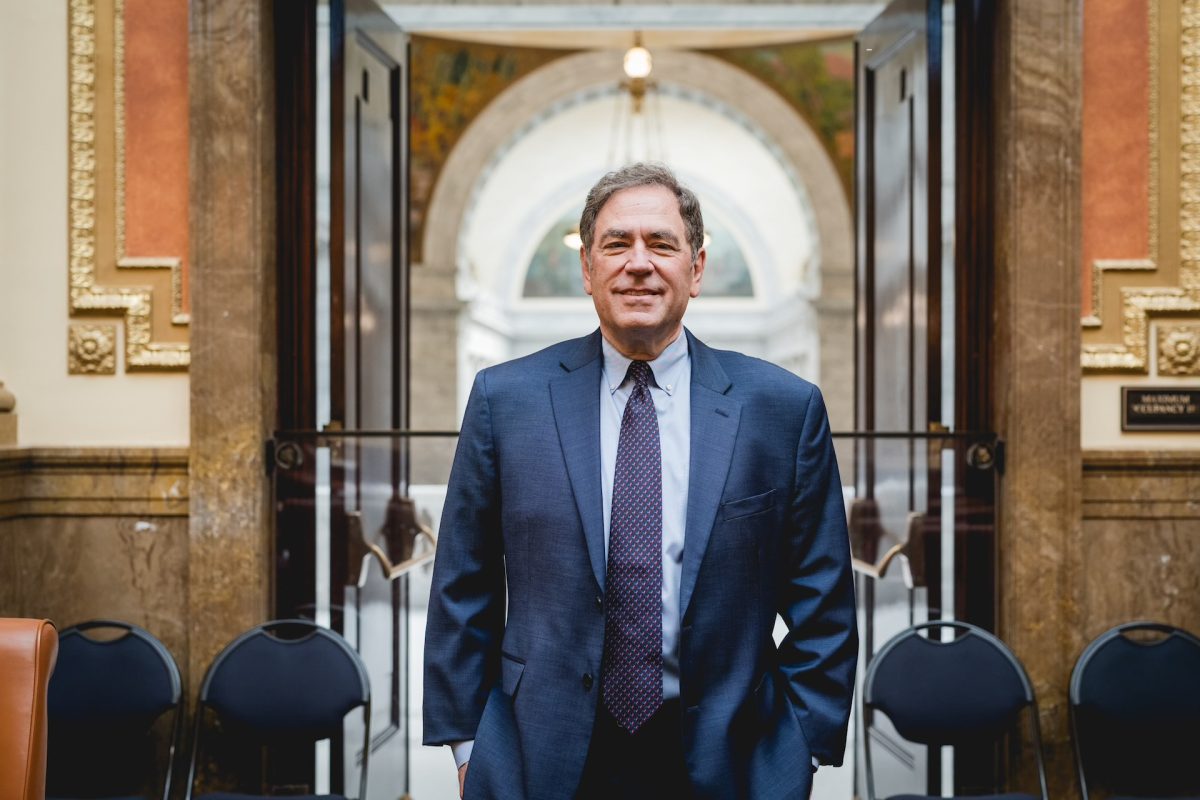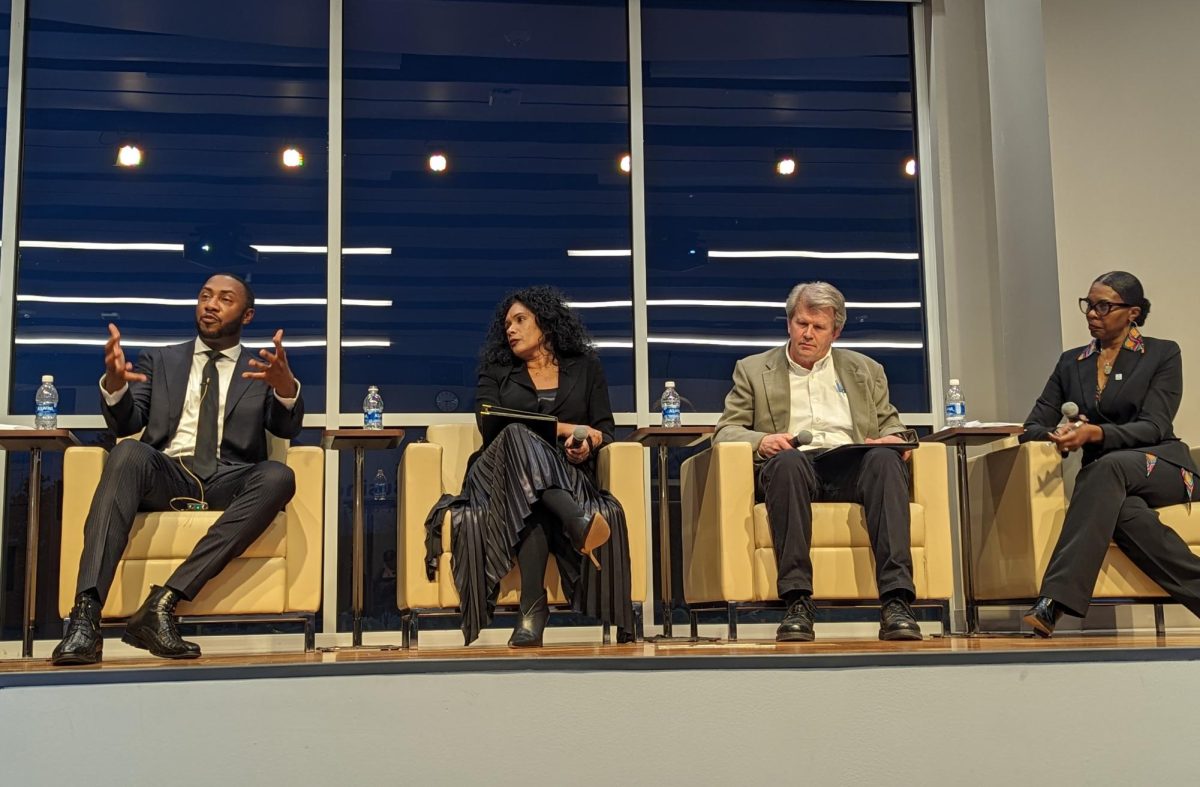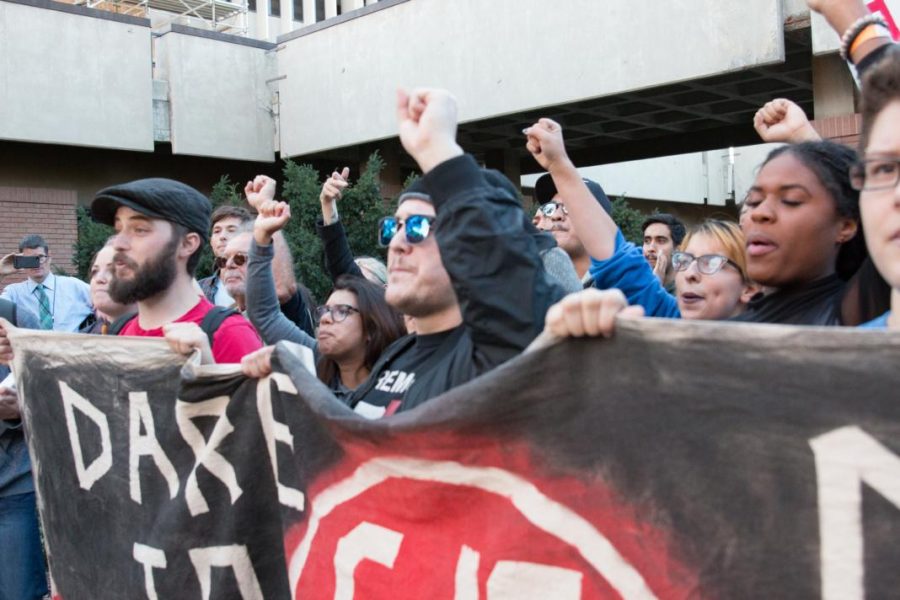Through social media, student activist groups are able to engage and organize in ways that were impossible for previous generations. Many student activist groups have cultivated a presence on numerous social media platforms, including Facebook, Twitter, Instagram and Snapchat, that can be found with a simple search. Student organizations at the University of Utah, especially activist organizations, use social media not only to expand their community, but also to raise awareness surrounding issues and events on campus.
A 2013 Pew Research Center report found that adults ages 18-29 are the most likely demographic to use social media and that 89 percent of student internet users are also on social media.
Five student activist groups from the U — Young Americans for Freedom (YAF), College Democrats, Black Student-Union (BSU), Young Americans for Liberty (YAL) and Students for a Democratic Society (SDS) — discussed their social media use with The Utah Chronicle.
Facebook Engagement
Each group agreed Facebook was the most reliable way to engage with members.
“SDS has made a lot [more] connections by using Facebook than using other social media platforms,” said Sara Kang, the social media representative for SDS. “Due to Facebook being one of the richest social media networks for a long time, it provides reliable access and an easier way to connect. … Facebook is the easiest way to make arrangements with people.”
Several other representatives agreed, including Elise Scott, the assistant director of College Democrats at the U.
“Facebook is great because people know how to use it and it’s easy for our posts to become interconnected with other liberal and progressive online groups through the sharing function,” Scott said.
Although the median age of Facebook users has increased over time, the younger generation who started using the app earlier in their lives continue to use it to connect with the community. Approximately 68 percent of American adults use Facebook.
Finding the Right Algorithm
Some of the groups are concerned about how the use of algorithms to cater content to viewers’ interests makes it harder to have reliable networking with followers.
“Sites like Facebook and Instagram use algorithms that make it difficult to reach new members without paying money to advertise the page,” said Andrew Falkowski, the chairman of public relations for YAF. “Additionally, Facebook will give priority to pages and posts that have money spent on them over ours. This has made it so that even our followers will not always see the content that we put out until much later. As a newer club on campus, we lack the financial resources to constantly spend money promoting our page.”
Algorithms on social media sites can hinder the scope of an organization’s message by altering who sees what content and when. For YAF, this has resulted in a greater reliance on word of mouth discussion, content sharing and on-campus events to increase members and followers.
In contrast, a representative from YAL said the organization uses social media algorithms to improve networking with students. One such technique is “graph searching,” which helps locate students who might be interested in joining groups, attending events or volunteering to expand the organization’s base. YAL utilizes many different networking sites to connect with current members, but uses graph searching to keep an eye out for any prospective new member.
Creating a Solid Platform
With more platforms, however, comes more difficulty in maintaining a consistent message.
A representative operating BSU’s Facebook page said although the group is able to maintain activity on all the platforms it uses, it can be a struggle.
“We usually use emails, Facebook, Twitter, Instagram and GroupMe to connect with our members,” the representative said. “Our biggest concern would probably be groups not being efficient with the platform they have. We have seen plenty of groups who are still active today but their social media platforms do not showcase that, so it is hard to keep up with them. We are doing our best to avoid this.”
Members of each respective group said they believe activity on social media can make or break an organization. Considering the 600 student organizations at the U on OrgSync, all of the work that goes into marketing social events, protests, lectures and administrative meetings seems like a hefty task.
SDS expressed concern about hacking on social media. Although many sites employ anti-hacking measures to prevent bots and strangers from overtaking an individual’s account, nothing is entirely foolproof.
Kang said she fears anyone can “spread wrong information about SDS,” and it takes longer to fix things after “people have already accessed the wrong information.”
The College Democrats acknowledged social media can be challenging because “people construe things in terms of black and white. We’re a political organization that wants to rally people around liberal values, but we never want to cross the line into overly petty partisanship.”
In an era of Twitter battles and Facebook comment wars, these groups feel it is important to maintain reliable messaging without falling into the trap of online feuds.
Although each platform has its own challenges, student activist organizations on campus maintain that social media is changing the way they organize for the better.
“Social media is important because you can reach young, interested audiences easily,” Scott said. “Online activity is a huge benefit to social movements because people who don’t have a voice can create their own platforms through the web. We learn every day from social media, be it from the voices of activists or input from students about what they’d like to see on campus.”
@thegracemason





